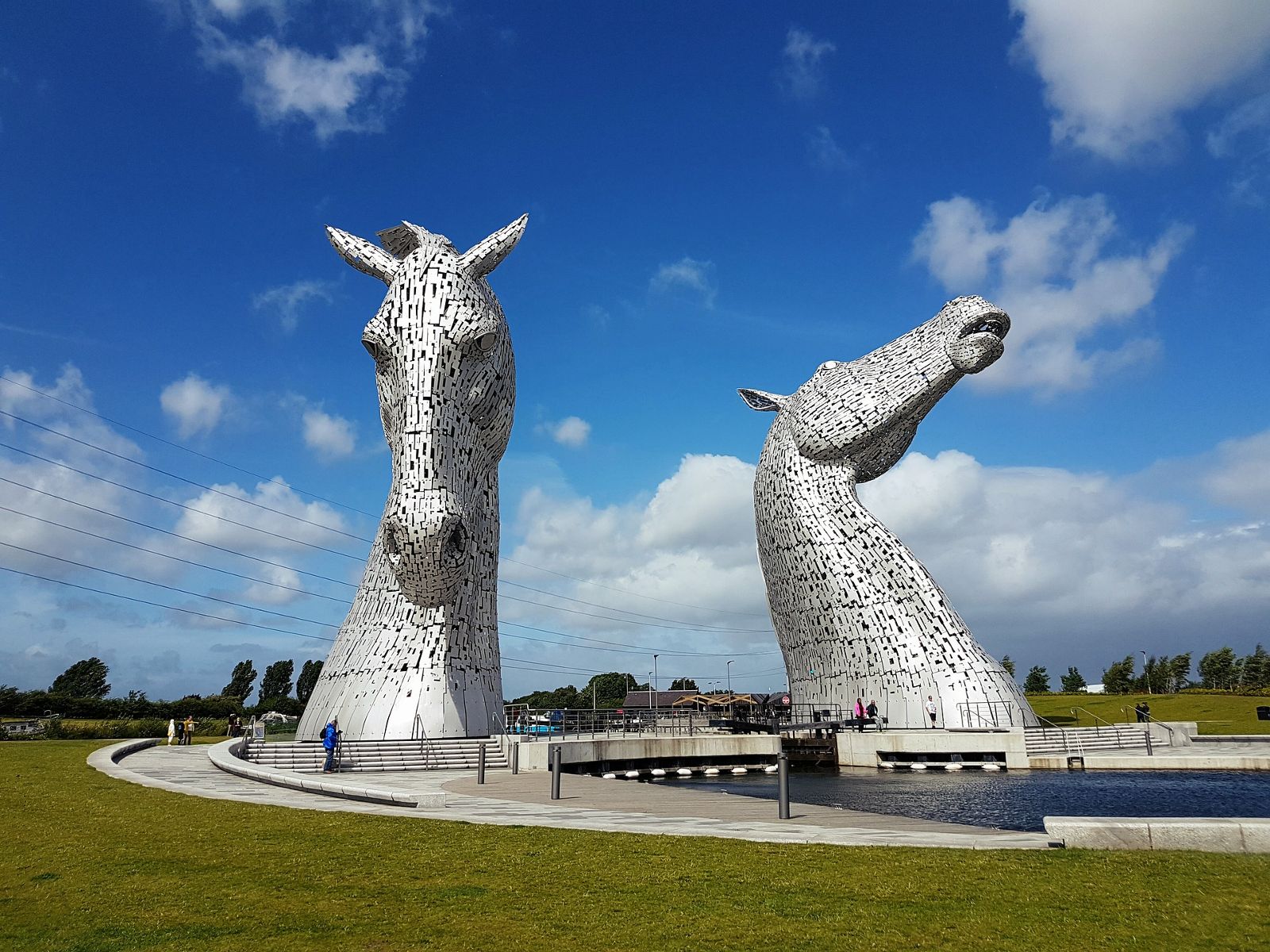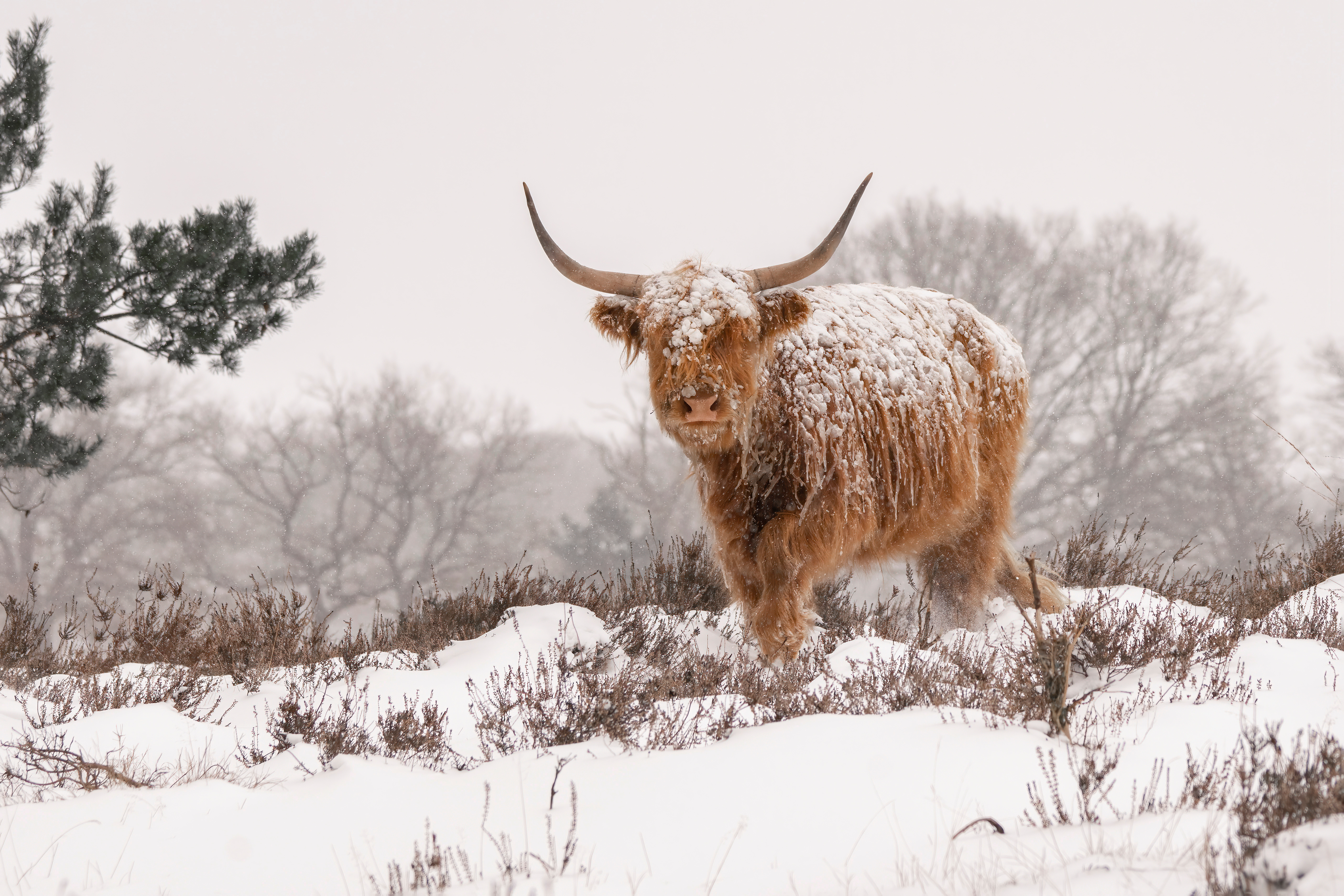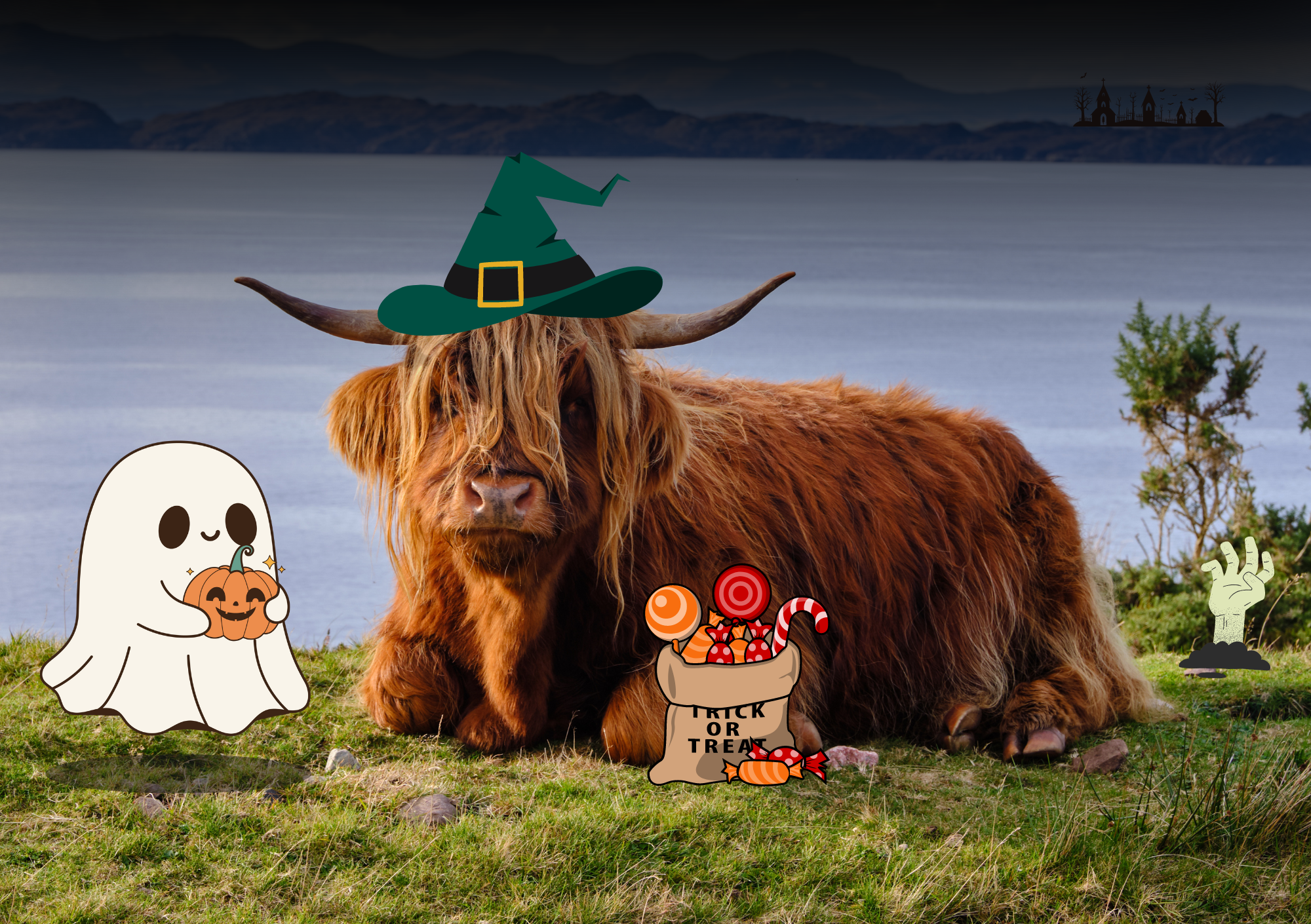Origins of the Kelpie
The origins of the kelpie are believed to be rooted in human sacrifices to the water gods however this concept eventually died out and the story of the kelpie was then used to keep children from playing too near to lochs and dangerous rivers. It also encouraged women to be wary of good looking strangers.
They are shape shifters that most often appear as a horse but they can also take human form. Many reports stated that you could spot a Kelpie in human form by looking for water weeds in his/her hair or by looking at it’s feet as they keep their hooves when they transform. This is similar to the concept of Satan minus the horns and tail usually associated with many depictions of the religious entity. They are referenced in the poem "Address to the Devil" by famous Scottish poet Robert Burns:
"When thowes dissolve the snawy hoord
An' float the jinglin icy boord
Then, water-kelpies haunt the foord
By your direction
An' nighted trav'llers are allur'd
To their destruction."
Robert Burns (1786)
Whilst the stories can be fearsome, the giant sculpture of the Kelpies found just outside of Falkirk are far less scary, and, you can visit them on our tour of Loch Lomond, Stirling Castle, and The Kelpies if you're feeling brave.
Why the Kelpie is Dangerous
When in horse form the kelpie will often stand near the edge of rivers waiting for their prey which is often young children. Their bodies are magically adhesive which allows them to drag people into the water to drown them. It is said that kelpies can stretch the length of their backs to carry several people to their doom together. One particular tale involved some children who met a kelpie, all but one climb on to it’s back while the last child stays on the shore. He pets the neck of the kelpie to find his hand is attached to it. He frees himself by cutting off his hand and survives the encounter with the malicious creature only to helplessly watch his friends being dragged down into the depths of the water where they were devoured and their entrails thrown to the waters edge.
The human form can also be deadly. Kelpies are almost always male which is why women were warned to be cautious when meeting handsome strangers however many other accounts of the kelpie suggest that it looks more like a rough looking, hairy man that leaps at people and crushes them in his grip and then tears them apart and devours them.
Not All Bad?
Kelpies are usually considered evil however a story from the island of Barra in the Outer Hebrides details the efforts of a lonely kelpie that was looking for love and so shape shifted into a handsome man to help win the heart of a women who he wanted to take as his wife. He was recognised as a kelpie and she removed his necklace (his bridle in human form) while he slept causing him to revert to his original horse form. She then takes him to her father’s farm where he is forced to work for over a year before taking him to see a wise man who tells her to give him the necklace back. Now, back as the human she first met, the old man asks him if he’d rather be a kelpie or stay as a mortal. He turns and asks the woman (who essentially enslaved him) if she’d be his wife if he stayed a man. To which he said yes and they got married. Weird, but far from the usual frightening kelpie stories.
How to Tame and Kill Kelpies
Many others supposedly used the method of removing the bridle to capture kelpies for use in agricultural work as they were said to have the strength of 10 horses. In several tales, removing the bridle from the kelpie allowed the one who took it to have control over it and other kelpies. Clan MacGregor even claimed to have one that they passed down through generations. Other stories suggested that removing the bridle would allow control but it would die within a day if the bridle was not returned. Another way to kill a kelpie would be to shoot it with a silver bullet (similar to werewolves) which would turn it into a strange jellyfish looking pile of squishy mass. Using crosses and saying Christ’s name have also be cited to be methods of defending against kelpies.
What are the Kelpies Called?
The Kelpies were actually named after two real Clydesdale horses that served as their inspiration. The Kelpies are called Duke and Baron. Duke is the one on the left looking down and Baron is the one on the right!




